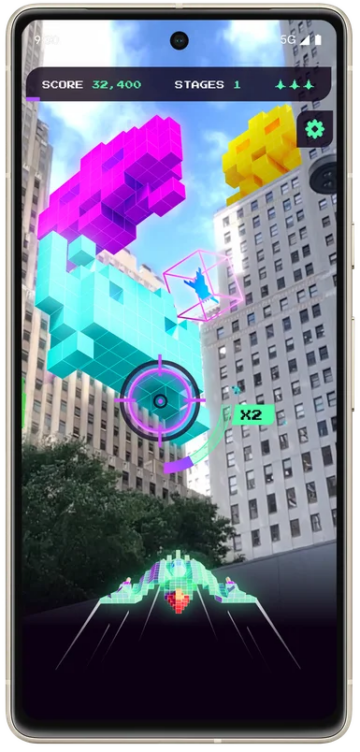The future of VR haptics could be skin chemicals.
Researchers based out of the Human Computer Integration Lab at the University of Chicago’s Computer Science Department are working on a new form of haptic feedback technology that uses specific chemicals to simulate various sensations in VR, from heat and cold to numbness, stinging, and tingling.
These futuristic wearables can be worn anywhere on the body so long as it’s touching the wearer’s skin. Composed of silicone patches and micropumps, these “topical stimulants” distribute five different chemicals upon contact with the skin. Capsaicin, a key chemical found in spicy foods, is used to simulate heat. Menthol, on the other hand, is used to create a sensation of cold.
There’s also lidocaine, an anesthetic that can numb the skin as well as sanshool, which delivers a tingling sensation. Last but not least there’s cinnamaldehyde, an organic compound that can be used to create a stinging sensation.
“Our approach presents two unique benefits. First, it enables sensations, such as numbing, not possible with existing haptic devices. Second, our approach offers a new pathway, via the skin’s chemical receptors, for achieving multiple haptic sensations using a single actuator, which would otherwise require combining multiple actuators (e.g., Peltier, vibration motors, electro-tactile stimulation),” states the team in their research paper.
For more information on theHuman Computer Integration Lab’s chemical haptics technology, check out their official research paper entitled Chemical Haptics: Rendering Haptic Sensations via Topical Stimulants.
Feature Image Credit:University of Chicago
Source: https://vrscout.com/news/researchers-use-menthol-to-simulate-cold-weather-in-vr/











